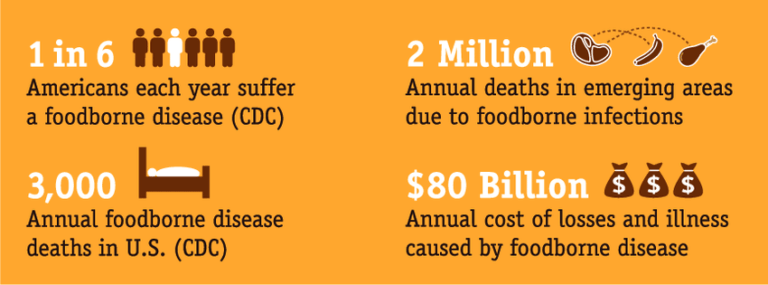Foodborne illness can have significant costs for individuals, businesses, and society as a whole. These costs can be financial, such as medical expenses and lost productivity, as well as non-financial, such as the impact on quality of life and overall well-being.
For individuals, the costs of foodborne illness can include medical expenses, such as hospitalization or prescription medications, and lost wages if they are unable to work due to illness. In severe cases, foodborne illness can even result in long-term health problems or death.
Businesses can also incur significant costs as a result of foodborne illness outbreaks. This can include lost sales and revenue, as well as the cost of recalling products and conducting investigations to determine the source of the contamination. In addition, businesses may face legal liabilities and fines if they are found to be responsible for the outbreak.
Society as a whole also bears the costs of foodborne illness, including the costs of healthcare and lost productivity. The Centers for Disease Control and Prevention (CDC) estimates that the overall economic burden of foodborne illness in the United States is around $20 billion per year. The World Bank estimates the global cost of foodborne illness to be aroung $110 annually.
Preventing foodborne illness is important not only for public health reasons, but also to reduce the economic costs of outbreaks. HACCP (Hazard Analysis and Critical Control Points) is a systematic approach to identifying and controlling hazards in the food industry, and is one way to help reduce the risk of foodborne illness and the associated costs.


